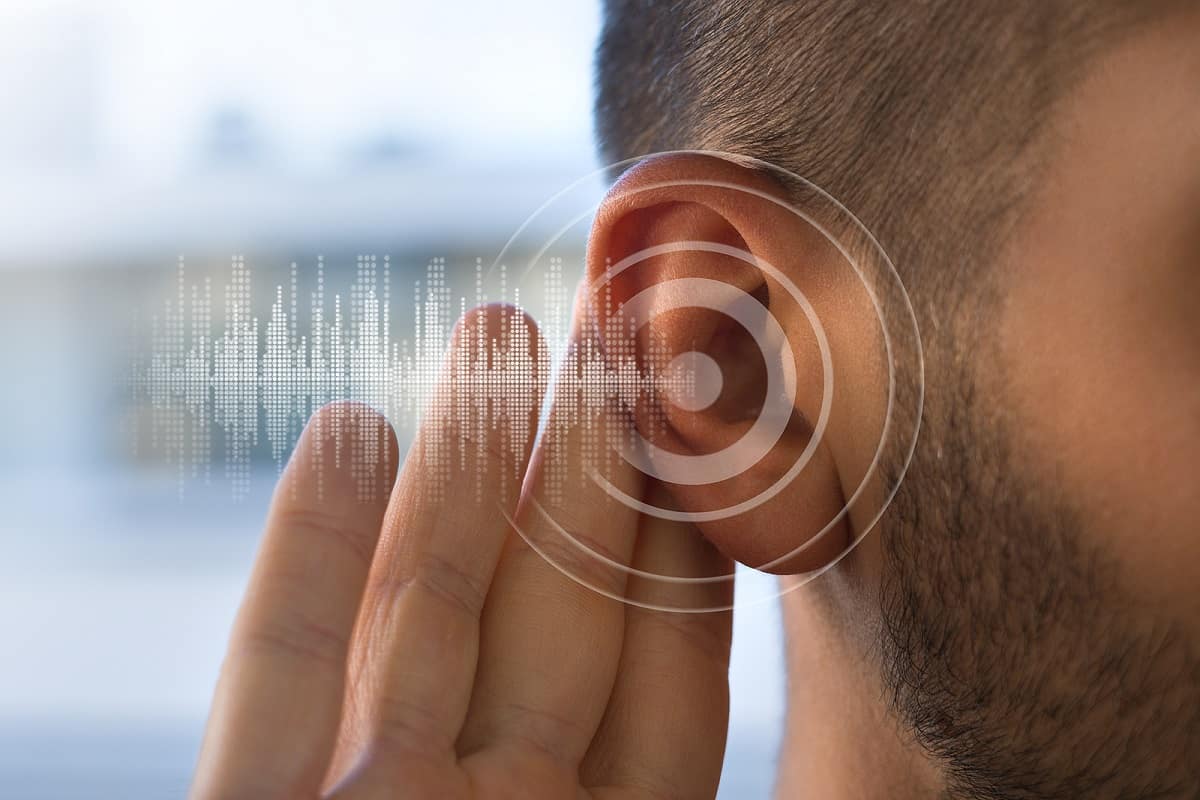Musicians & Hearing Loss
Although they might value their hearing more than any other occupation, professional musicians are also at some of the highest risk for hearing loss on the job. Being able to discern the differences between frequencies and timbres of sound is crucial to the work of a musician or sound artist, but this line of work also puts them at the greatest risk for noise-induced hearing loss. When you think of the noise exposure that musicians might face through their occupations, your mind might go to a loud rock, hip hop, or dance concert. Indeed, these performances can create so much noise that they cause damage to the performers and audience members alike, but these genres are not alone in the list of those subject to hearing damage through playing music. The key to understanding this relationship can be found in the principles of noise exposure, a combination of volume and duration, that cause hearing loss. Let’s take a closer look to understand what musicians need to do to prevent hearing loss through their life’s work.
Noise-Induced Hearing Loss
Though only a few musicians would like to think of their music as “noise,” the sheer volume of sound is one important threshold to consider when seeking to prevent hearing loss. A very loud musician can produce enough sound to damage hearing in a matter of minutes, and those who make this high-volume sound need to wear hearing protection during rehearsal and performance to make sure not to cause damage. Although those who make very loud music are in danger of hearing loss, they are not alone. Relatively quieter sounds, when a person is exposed to them for hours on end, can also cause damage. In this way, those who play acoustic instruments in classical or jazz contexts can also be at risk of hearing damage. The crucial threshold for sound is 85 decibels of volume, a level at which a person can be exposed for 8 hours without incurring hearing damage. However, for each three decibels of additional volume, that time is cut in half. Particularly when an instrument is held close to the ear, such as a violin or viola, a sound of 88 decibels can only be endured for 4 hours without causing hearing damage. As you can see, louder instruments also pose a risk for even shorter durations. When a performer practices for an extended time, that noise production can be enough to cause damage, even from an unlikely source such as an acoustic instrument.
Prevention and Protection
What can a musician do to avoid hearing damage? The first step is to put protection in place when the combination of volume and duration poses a risk. It might seem counterintuitive to wear hearing protection while practicing, particularly when a musician needs to listen carefully to the nuances of pitch and timbre, but protection is necessary to maintain hearing ability in those ranges of sound. Custom-fitted earplugs are specifically designed for musicians that filter out the dangerous sounds while preserving the range of sound that they want to hear. These custom-fitted earplugs also make communication possible between players at a rehearsal or with fans at a concert, for example. Limiting the time of exposure is another tactic, and taking regular hearing breaks from rehearsals or mixing sessions is a great way to keep your hearing in the safe time of exposure.
If you are a musician who has already experienced noise-induced hearing loss on the job, the good news is that the quality of audio provided by hearing aids has improved greatly in recent years. Not only do hearing aids amplify the sound coming to your ears, but they also use Digital Signal Processors (DSPs) to transform that sound into something that reflects the full frequency spectrum of the sound source in a way that is tailored to your individual hearing needs. If you are ready to seek this kind of treatment, the first step is to get a hearing test. That exam will provide a thorough diagnostic report of your hearing needs, as well as the ways that assistance can best serve you. Don’t put off getting your hearing test any longer!


